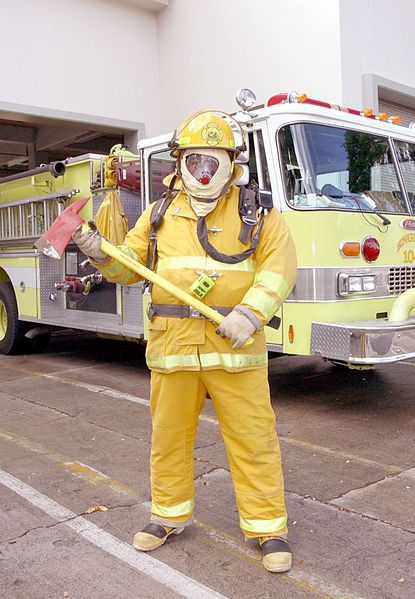Shelby Spees,
Staff Writer
There are hundreds of job-search websites out there, and it’s easy to spread yourself thin trying to use them all. Here’s a list of the most useful tools you need in your arsenal to land a great job this summer.
Job Search:
Indeed is probably the first place you should go to look for opportunities in your field. This site is convenient because it compiles all the job openings from different websites into one place. There is also an app for those sleepless nights when you’re not awake enough to go on the computer but you’re still worried to death about being unemployed and homeless with collections agencies knocking on your cardboard box.
Idealist has fewer job openings because it only posts non-profit jobs, but for those with morals and values who aren’t willing to sell their souls for a paycheck, Idealist is a great place to look for openings.
Craigslist is probably your best resource for local opportunities because it’s where people go first to post openings. Play around with different location settings to narrow or widen your search. If you plan to relocate after graduation, Craigslist is the way to scan the field for what to expect when you get there.
Experience allows you to search positions based the number of years of experience they require. For college students who usually need to filter through dozens of mid- and senior-level openings before finding one appropriate for their experience level, Experience saves a lot of time. Choose between <1 year, 1-5 years, and 6+ years, among other search criteria.
Your Brand and Field:
/r/Resumes just made a helpful FAQ page compiling the advice that most posters need. You can also post your own resume for a critique before sending it out.
Twitter is great for keeping up with what’s new in your field and making initial contact with the professionals you want to learn about. Follow websites and organizations you’re interested in and they’ll update when they have an opening.
LinkedIn is your best resource for networking, but it’s less useful for the initial job search. I like to use LinkedIn as the most updated and longest version of my resume. When applying to jobs I use my favorite bullets from relevant work experience, but if a potential employer looks me up on LinkedIn they can see my work history there. As I apply for different jobs I come up with better and more concise ways of describing the work I’ve done, so I update my profile pretty regularly. The iPhone app is attractive but not really functional, but I’ve heard good things about the iPad version.
Blog/Portfolio: Portfolios are becoming more useful for people outside of creative fields, and even programmers and engineers can make themselves stand out with a demonstration of interesting work. Most people have one or two great projects or presentations that stand out, and what better way to prove your experience with Microsoft Office or Adobe Creative Suite than showing people the work you’ve done. Regarding blog hosts, I like WordPress better than Tumblr because it’s easier to prevent your content from being overrun by reblogs. I’m generally not a fan of Blogger, but your mileage may vary.
Other tips:
• Figure out what your brand is. You should already have a 30-60 second elevator speech, now narrow that down to one sentence (if you don’t, definitely visit Career Services today). Various versions of this should show up in your LinkedIn, blog and Twitter headline.
• Google your full name, various nicknames and that username you’ve been using for everything since the sixth grade. Get rid of the junk you don’t want people to see.
• Find some nice pictures of yourself. Pick different ones for different websites.
• Men, learn how to wear a suit: www.reddit.com/r/malefashionadvice
Women, you have it much harder. A good start would be to get sized for a bra and find comfortable shoes. Figure out your body type and learn what flatters it. Target’s Merona brand has surprisingly good quality.












Comments are closed.